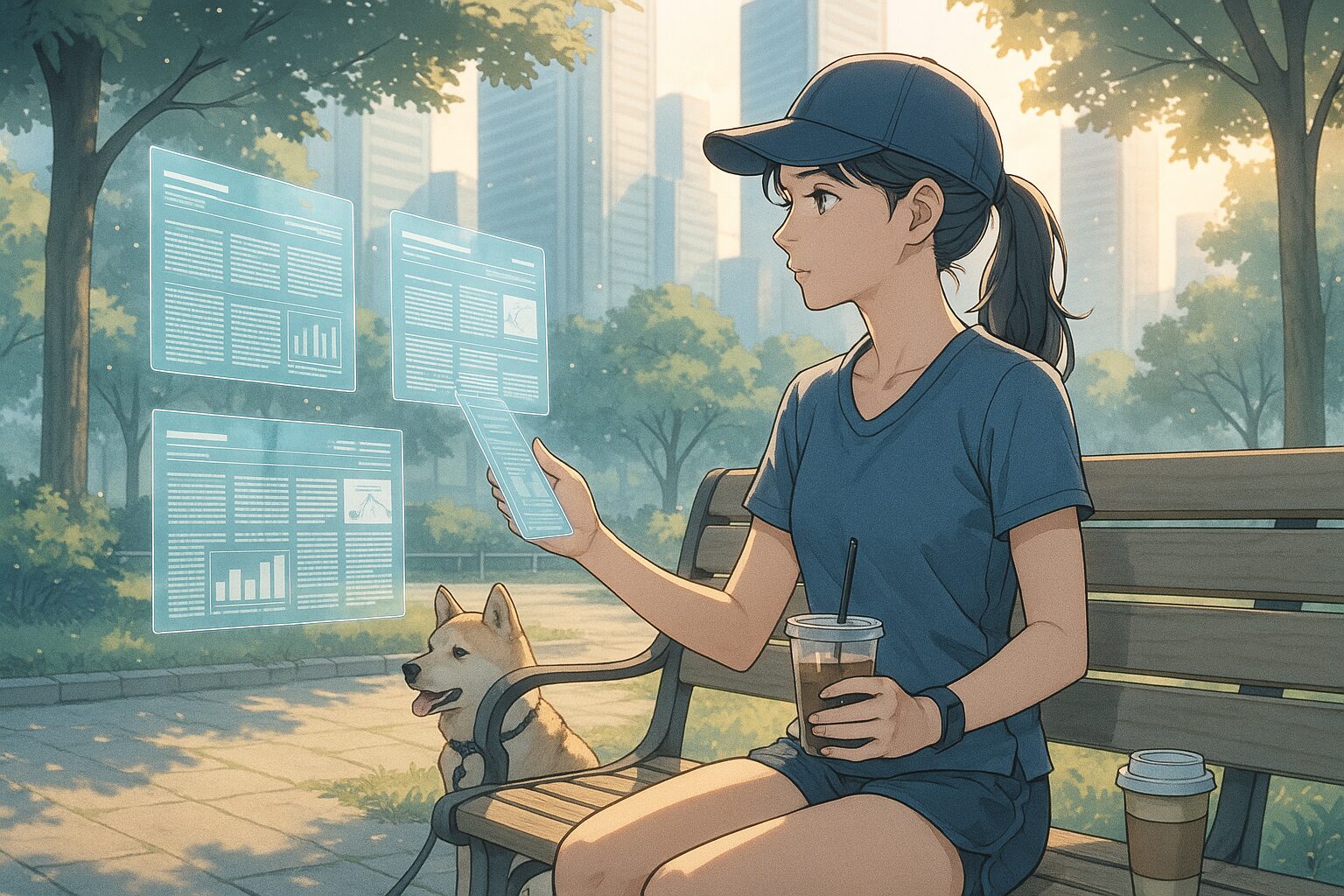The evolution of technology is making headlines daily, and recently, the concept of “smart cities” has particularly garnered attention. There was news that the Scientific and Industrial Research and Development Centre (SIRDC) integrated smart city design concepts into the national master plan. If this trend continues, how will the towns we live in change?
1. Today’s News
Source:
https://www.heraldonline.co.zw/sirdc-integrates-smart-city-design-concepts-into-national-master-plan/
Summary:
- The Scientific and Industrial Research and Development Centre (SIRDC) has integrated smart city design concepts into the national master plan.
- This is being implemented as part of modernization efforts.
- The aim is to enhance urban efficiency and improve the quality of life for residents.
2. Considering the Background
A smart city aims to enhance urban management efficiency and improve citizens’ lives by leveraging information and communication technology. It has been proposed to solve issues that modern cities face, such as traffic congestion and efficient energy use. The reason it is gaining attention now is that the challenges associated with urbanization are becoming apparent. The concept of smart cities may also permeate our daily lives.
3. What Does the Future Hold?
Hypothesis 1 (Neutral): A Future Where Smart Cities Become the Norm
Smart cities will continue to evolve, and cities around the world will adopt this technology. With real-time sharing of traffic information and optimized energy consumption, urban living will become more efficient. However, as this becomes commonplace, the sense of uniqueness may diminish.
Hypothesis 2 (Optimistic): A Future Where Smart Cities Flourish
Smart city technology will develop further, optimizing every aspect of urban life. Environmental impacts will be significantly reduced, and the quality of life for residents will improve. New jobs and industries will emerge, invigorating the economy. People’s values will shift to prioritize sustainability and efficiency.
Hypothesis 3 (Pessimistic): A Future Where Humanity Is Lost
On the other hand, as the mechanized operation of smart cities progresses, there is a risk that humanity and local characteristics may fade. While life becomes more efficient, the warmth of community and traditions may be lost. People’s values may, in pursuit of convenience, start to overlook emotional aspects.
4. Tips for Us
Ideas for Thinking
- Consider how to balance technology and humanity.
- Engage actively with information regarding the future of cities, considering it a personal matter.
Small Practical Tips
- Try to incorporate smart technology into daily life.
- Participate in local community activities and make efforts to maintain humanity.
5. What Would You Do?
- Actively embrace smart city technology to enhance your life.
- While protecting local traditions and culture, integrate the benefits of smart cities.
- Aim for a lifestyle that emphasizes coexistence with nature, without becoming overly dependent on smart cities.
What kind of future have you envisioned? Please share with us in comments or via social media.









